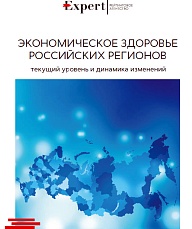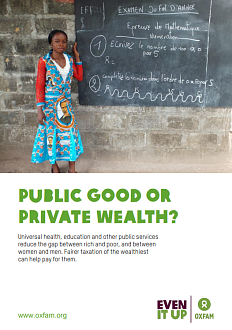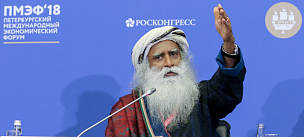Economic Health of the Russian Regions: Current Level and Changing Dynamics

The study makes it possible to differentiate Russia’s regions based on their current level of economic development (status map) and changes in the regional economy (dynamic map), i.e. it helps to visually see which regions are experiencing positive dynamics and which ones are deteriorating.
The study is based on the regional economic health index. The index is used due to a significant lag (more than a year and a half) in the time it takes to publish data on GRP (gross regional product) as well as the existence of a large array of regional data: the index uses operational (monthly) data on the situation in regions published by the Russian Federal State Statistics Service (Rosstat), the Ministry of Finance of the Russian Federation, the Russian Central Bank, and the Federal Tax Service of Russia. The index consists of three main groups of indicators that are used to assess the economic health of the population of the regions, regional business, and the consolidated budget of a region. Each group contains 3-4 key indicators.
There is currently a high degree of differentiation in the development of Russia’s regions. There continues to be a gap between the values of key metrics (the wellbeing of the population, the state of business, and a region’s consolidated budget) in regions with high and low levels of development. The current level of development is rated as high in 12 regions, above average in 20 regions, and average in 19 regions. The current level of development in 20 and 14 regions is rated as below average and low, respectively.
This year, the index values improved in the overwhelming majority of Russian regions. In particular, positive trends (i.e. a significant improvement in indicators) were seen in 29 regions, while 36 regions showed moderately positive trends. Neutral indicators were recorded in 14 regions. Moderately negative dynamics were seen in 6 regions. On results of the current year, there were no regions in which the key indicators integrally demonstrated significant negative dynamics.
Anlytics on the topic

Waste reform in Russia: how waste management is changing and who has already learned to make money from it.

In anticipation of the Russia-Africa Summit and Economic Forum, Andrey Slepnev, General Director of REC, gave his perspective on comprehensive economic cooperation between Russia and African countries.

This report by Oxfam International addresses the problem of global economic inequality between rich and poor, and between men and women; it also suggests methods of fighting inequality.

One of the highest profile participants at SPIEF 2018 was of course Sadhguru, a yogi and mystic and the founder of the Isha Foundation. He captivated the audience with his distinctive traditional attire and his thinking, which he presented at two sessions, ‘From Ambition to Vision’ and ‘Forecast 2100: Technologies of the Future’.

